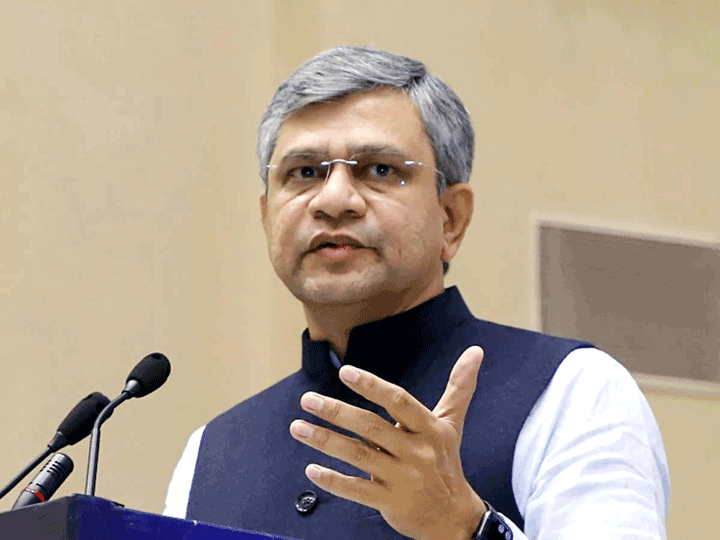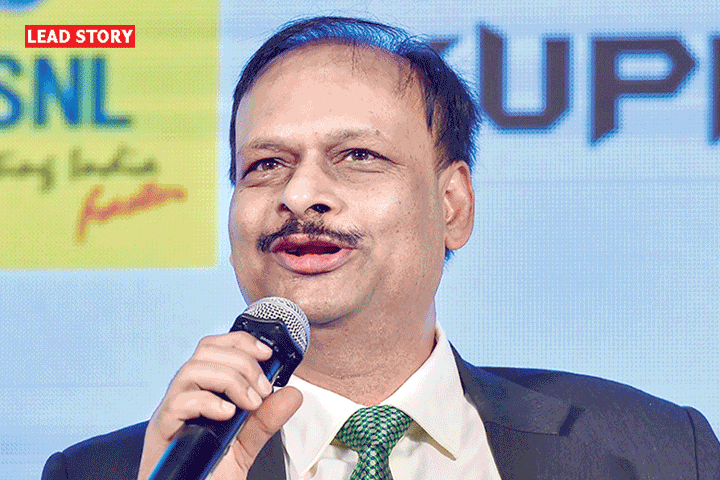Flipkart continues lead over Amazon but sales are still smartphone heavy
India’s largest e-commerce marketplace Flipkart continues to hold a 25-30 per cent lead over rival Amazon in terms of the gross merchandise value sold on its platform, but could face headwinds as a large portion of its sales is still driven by smartphones.
Flipkart’s sales during March clocked in at around Rs 3,200-3,300 crore, while rival Amazon managed to do just around Rs 2,400 crore in sales, according to a person with the knowledge who did not want to be named. The gap in terms of unit sales between the two companies was at around 15-20 per cent.
“Even though the gap in the number of units sold on both platforms isn’t that huge, Flipkart continues to hold a strong lead over Amazon in terms of GMV. This is because Flipkart continues to lead in the smartphone sector, which usually have a higher purchase value,” the person said.
Standalone sales for Flipkart’s platform clocked in at Rs 2,800 crore, slightly higher than Amazon, while the rest of the group companies Myntra, Jabong and eBay raked in around Rs 450 crore. From an annualised GMV run rate perspective Flipkart holds around a 25 per cent lead at $6 billion compared to Amazon’s $4.5 billion.
An Economic Times report on Thursday cited investors and analysts estimates who put Flipkart’s annualised GMV at $4 billion, but said that sources close to investor Tiger Global said that the company’s gross sales crosses $6 billion at the end of March 2017.
While Flipkart continues to have a strong lead over Amazon in India’s hotly contested $17 billion e-commerce market, it’s reliance on driving sales through high-cost smartphones could trip it. According to a Counterpoint report, Flipkart controls 57 per cent of the online smartphone market in the country, as opposed to Amazon’s 27 per cent.
“Amazon is building value in India by selling books, low value items to customers in tier two markets and through things like Prime. Flipkart continues to drive a large portion of its GMV from smartphones which can be disrupted very easily. It’s the same thing that happened to Snapdeal, look where they are now,” added the person.
Snapdeal, which was vying to overtake Flipkart in terms of GMV at the end of 2015, had adopted a strategy to undercut the cost of Apple’s iPhone by Rs 2,000 in order to get more people to buy from it. When investors finally clamped down on the company’s massive spending, sales tapered off and the company lost the second spot in India’s e-commerce market to Amazon. The company, which was valued at $ 6.5 billion is now being sold for a song by its lead investor Softbank, which has written of its $ 900 million investment in the company.
Flipkart has been trying to offset the massive pile of sales smartphones make up by focusing on growing other categories such as fashion, which might not match smartphones in terms of ticket size but is one where customers tend to shop more regularly. The company, along with its subsidiaries Jabong and Myntra control close to 70 per cent of India’s online fashion market.
Amazon has already begun working on winning the holy grail of e-commerce categories – groceries and day to day items – which might not drive up its GMV but will induce a habit in customers to buy online. The model has seen success globally along with its Prime membership programme, and the company will look to recreate the same in India.











